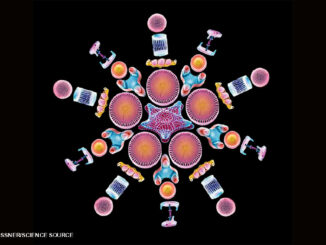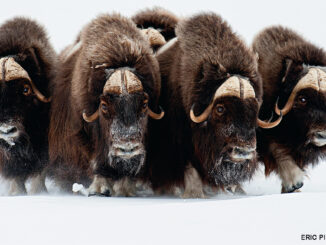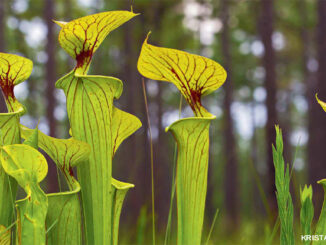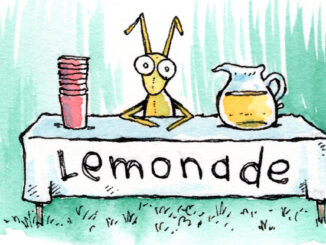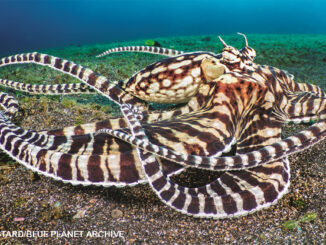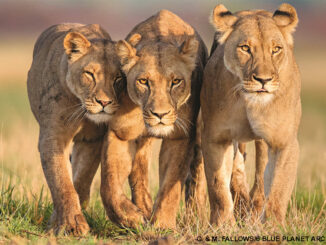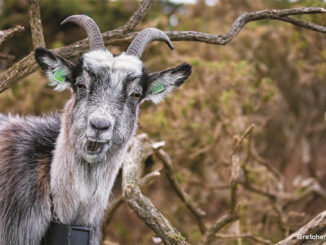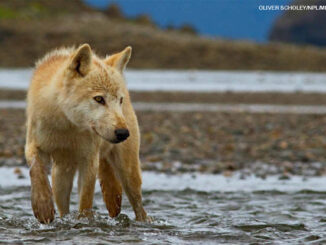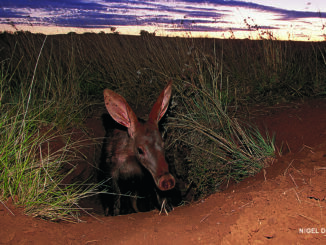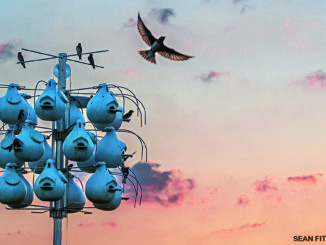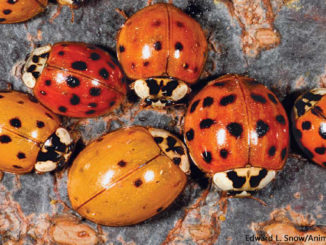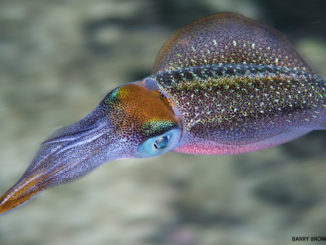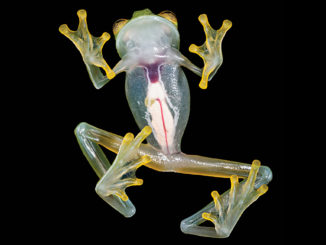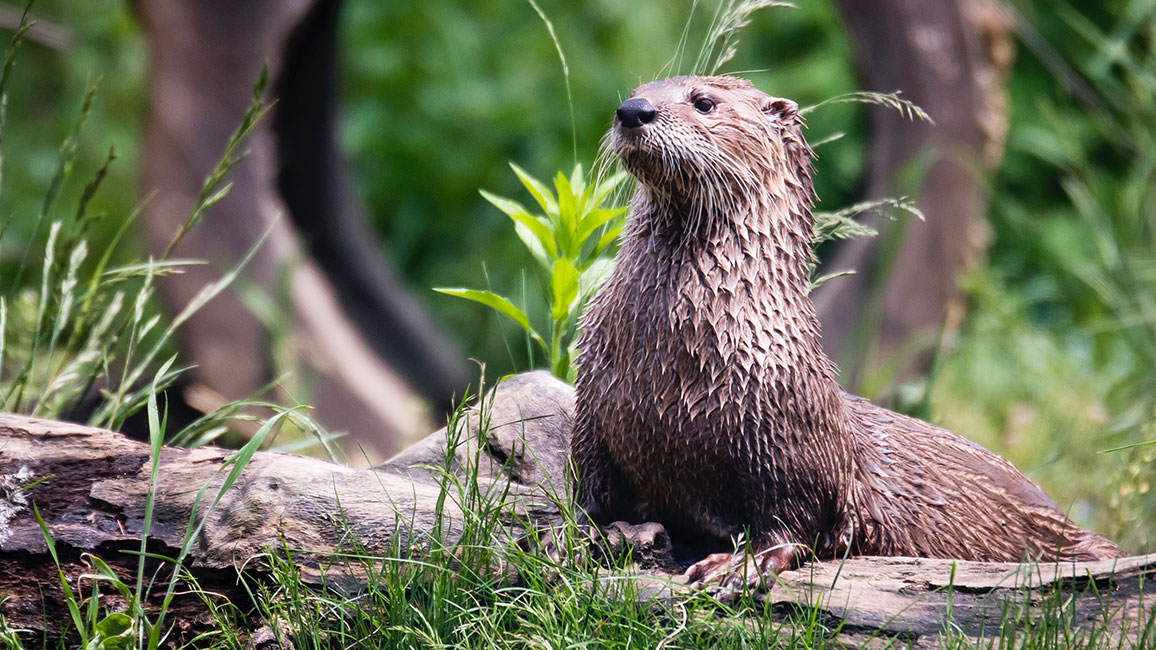
River Otters
By Gerry BishopIn early spring, inside a dark and cozy den, three river otter pups were born. Mom nursed them and kept them warm for eight weeks. And now they’re big enough to explore the world outside.
Each day around noon, Mom carries her pups out of their den, across a patch of water, and up onto a favorite grass-covered log (see top photo). Then off she goes to hunt for food.
While Mom’s gone, the pups wrestle, play-bite, and chase each other. And when Mom returns, they start playing with her as she rests in shallow water (bottom photo.) But all this rough-and-tumble isn’t just for fun. It also helps the pups grow up to be stronger, quicker, and ready to hunt and survive on their own.
OTTER FACTS:
- Baker’s dozen. There are 13 different species of otters living around the world. The ones in this story are North American river otters. All are cousins of badgers, weasels, minks, ferrets, wolverines, and polecats.
- Water whereabouts. River otters live in clean rivers, lakes, and marshes—wherever they can find enough food.
- Favorite Fish. The otters in this story live in Yellowstone National Park, where they sometimes catch big cutthroat trout. But they and other otters usually catch smaller fish.
- Used homes. Otters usually make their dens in the abandoned burrows of beavers and muskrats.
- Otter babies. A mother otter can give birth to one to five (usually two or three) pups each year.
- Waterproofing. Nose clips or earplugs are not necessary: An otter can keep water out of its nose and ears by just squeezing them shut.
- Super swimmer. An otter has all the tools it needs for speedy swimming: a streamlined body; webbed feet; strong legs; and a long, powerful tail.
River Otters
FISHING TIME
Like all river otters, Mom is a fast and powerful hunter. With a quick swish of her tail, she lunges for her prey. Chomp! She grabs the fish with her sharp teeth and carries it to the surface. There she plays with it for a time (top left photo). After her meal, she dives down again. Soon she catches another huge fish. But instead of killing and eating it, she carries it back to her pups.
The big, flopping creature scares the little otters at first. But then they begin attacking it (top middle photo). They bite and wrestle with it, but their teeth are still too small to do any damage. Besides, why fight for your food when you can still fill up on your mother’s milk? Later, Mom carries the fish out to a log in the lake and chows down on it. And the pups? They just hang nearby—watching and learning from Mom (bottom photo). By the end of the summer, the little otters will know how to catch and kill fish and other prey. And by next spring, when Mom’s ready to give birth again, they’ll go off to live on their own.
THEY’RE BACK!
Years ago, river otters were wiped out in many parts of North America. People trapped too many of them for their fur, destroyed their habitats, and polluted their rivers and lakes. But now many waterways have been cleaned up, habitats have been restored, and scientistst are bringing otters back to the places they once lived.




